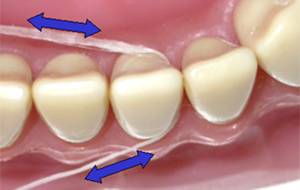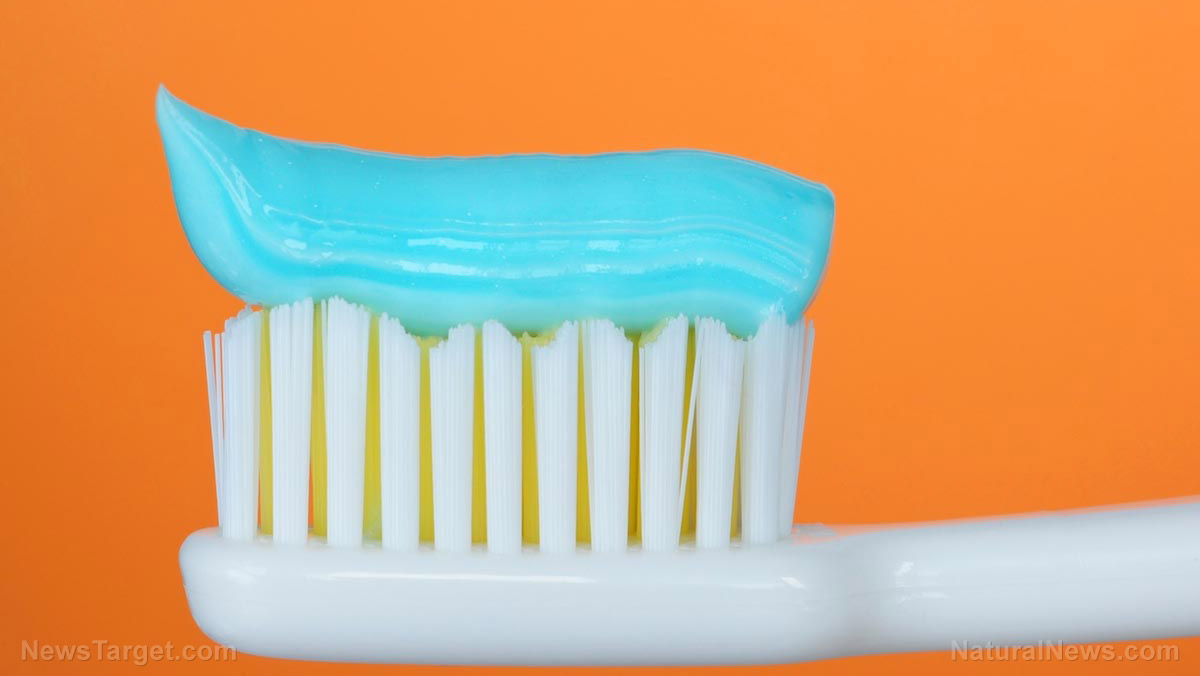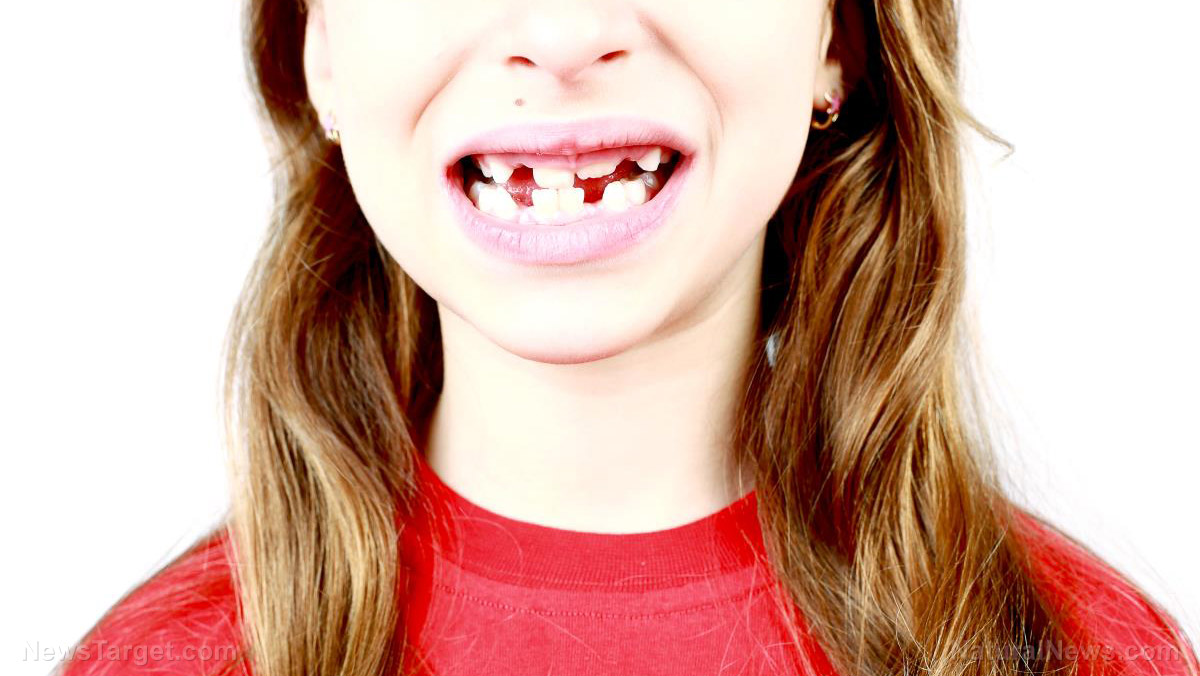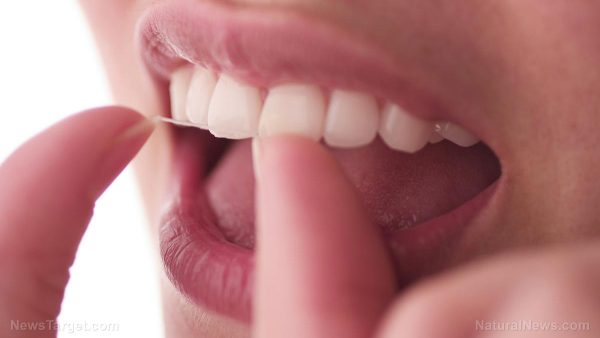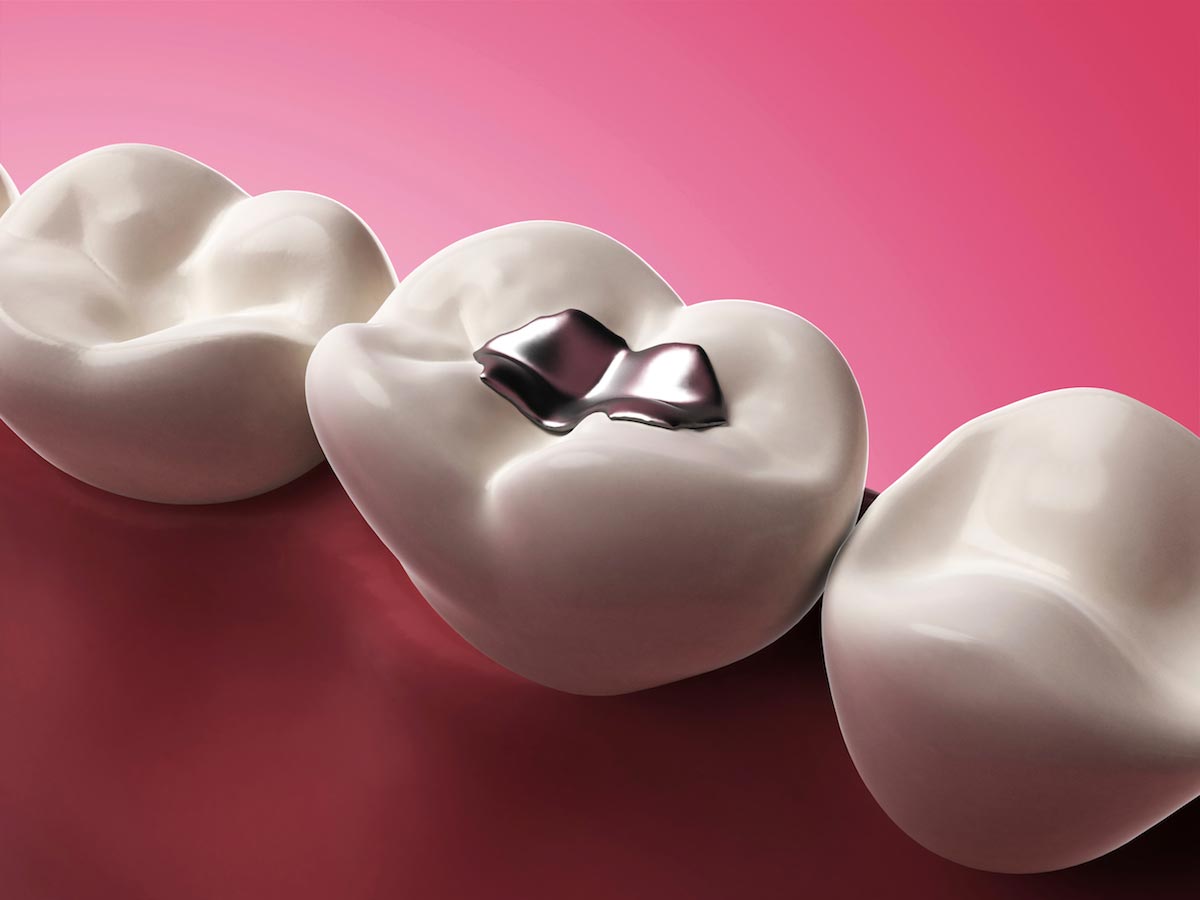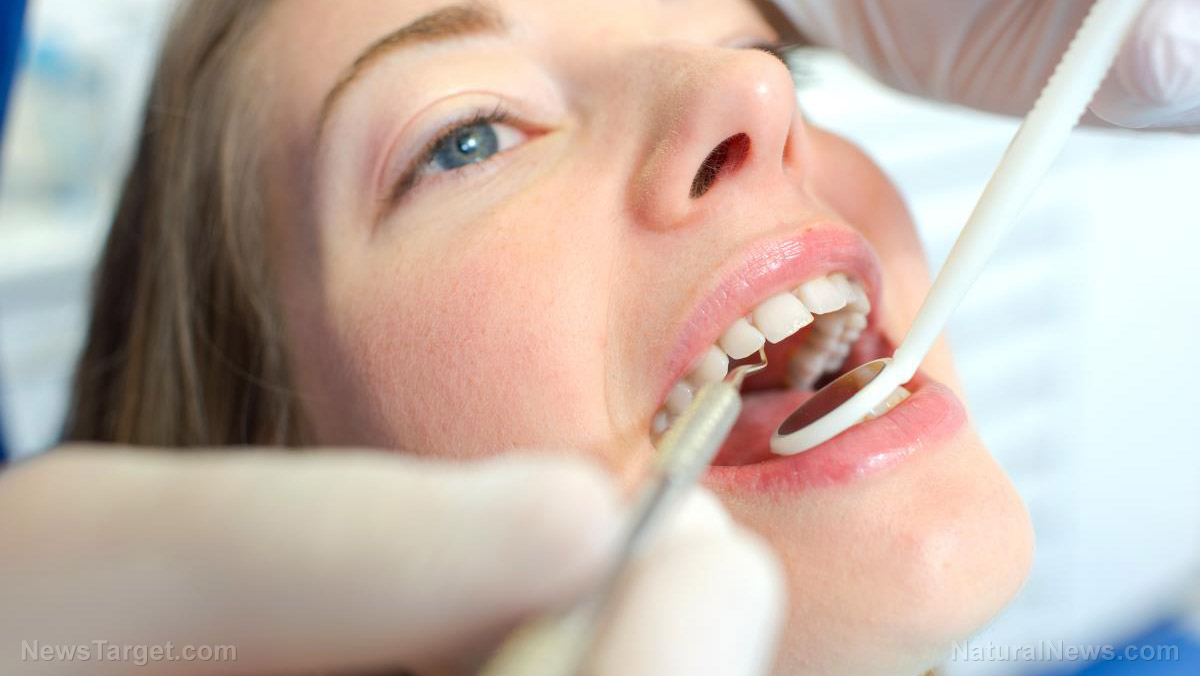Will you lose your teeth because you don’t know how to floss? A shocking number of people floss incorrectly
10/19/2015 / By holisticdentistry
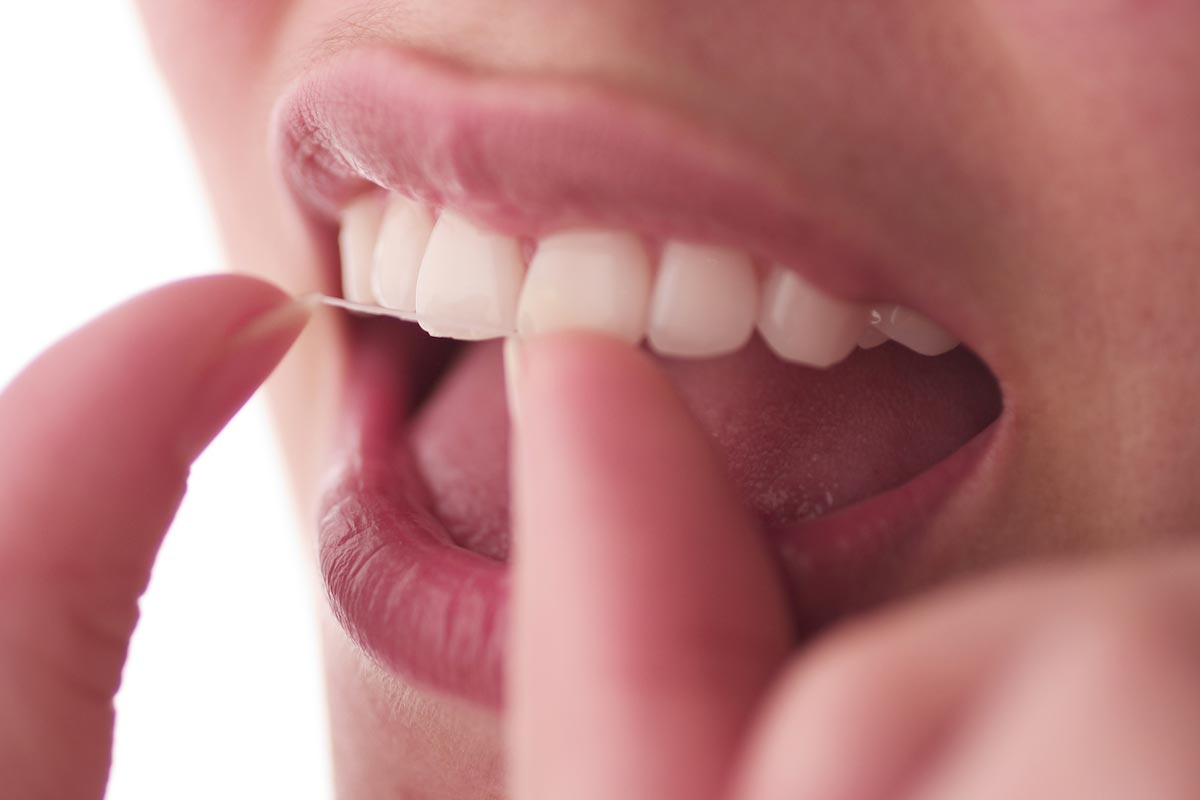
As an American dentist once said, only floss the teeth you want to keep. According to one statistic, only 17 percent of adults even floss on a regular basis, but of those studious flossers, how many of them are actually doing it right?
The “see saw” method of sawing the floss between the teeth could potentially be one of the worst mistakes you can make while flossing. This sawing method can actually push the plaque further into the gums, which will traumatize the gums.
Instead, when you floss you should try to “hug” the floss around the tooth without pressing the floss strand too far down onto the gum line. You need to be gentle when you floss, as only a small amount of pressure is needed to loosen the plaque from in between the teeth.
Registered Dental Hygienist Sheila Wolf implores everyone to floss daily. In her book Your Mouth Could Be Killing You, she describes why flossing your teeth is essential to keeping your gums healthy: “Flossing once a day, they say, is essential to remove the bacterial plaque from areas in between the teeth that your toothbrush can’t reach. Flossing is preventative, not curative, because it removes the biofilm before it can do damage; it does nothing to affect an existing infection.”
And furthermore, she describes how flossing can in fact do more harm than good:
As important as flossing is, surveys show that as many as 80% of us don’t floss at all. Moreover, of the 20% who do floss (albeit irregularly), most don’t do it properly. Ineffective flossing will leave bacteria in place to breed and do damage; in some cases, flossing incorrectly actually can force bacteria below the gum line and sometimes cut the gums, opening entryways for the microscopic invaders.
My position on flossing is: Take the time to learn to do it correctly, and then do it.
What type of floss it the best?
There are so many different types of floss on the market today. The best kind, honestly, is the kind that you enjoy to use and that doesn’t discourage you from flossing. If your teeth are very crowded and close together, then a waxed floss that slides easily between the teeth is probably best. However, if you have more room between your teeth, then unwaxed floss could work just fine. RDH Sheila Wolf goes into further detail about which type of floss may be suited best for your mouth:
The floss you use is a matter of personal preference. There are ever-growing numbers of floss options: waxed or unwaxed; flavored or unflavored; fluoride-impregnated; baking powder-coated; silk, nylon, or ribbon tape. The floss thickness also is a consideration when it comes to getting it between your teeth. Very thin floss can be sharp and can cut the gum. The taste may make it more or less fun. Waxed floss slides more easily between tight teeth; unwaxed floss squeaks against the tooth to tell you when it is clean, but shreds more easily.
How exactly are you supposed to floss the teeth?
The way you floss is incredibly important. Flossing correctly will be more effective and will reduce the chance of damaging the gums. Use these steps to properly floss your teeth and remove all unwanted and harmful plaque:
- Gently “shoe-shine” the floss between the teeth.
- Curve around the tooth in a C shape at the gum line, and move it up and down several times against the tooth.
- Scrape up and down.
- Rub against tooth, never against gum.
- Shoe-shine behind the last tooth.
- Work comfortably against the gums, scraping away the particles and plaque. Work it into the space between the tooth and gum only as far as it will go.
- Wind on to a new piece of floss after each tooth. Keep going until you finish all your teeth. (If you run out of floss, pull more off next time; I use about a full arm’s length, fingertips to chin, per flossing.) Make sure you do the “behind” of the last tooth.
Now that you know all about flossing the teeth the PROPER way, be sure to start flossing EVERY day.
In addition to flossing, you need to also incorporate other dental hygiene habits into your daily routine: These habits include using a powered toothbrush and using an alcohol-free mouthwash that contains essential oils.
Think about it. Would you still wash all of your clothing by hand if you didn’t have to? Do you think a washing machine is more effective than hand and washboard? The same concept can be applied to toothbrushes. An electric toothbrush can remove more plaque than most traditional toothbrushes can.
Using these recommended daily habits will not only lead to a healthier smile… it will also ensure that you keep your REAL teeth for as long as possible.
Sources:
Tagged Under: brushing, dental hygiene, dental hygienist, dentist, floss, gum disease, gums, healthy teeth, teeth, tooth brush, tooth loss

